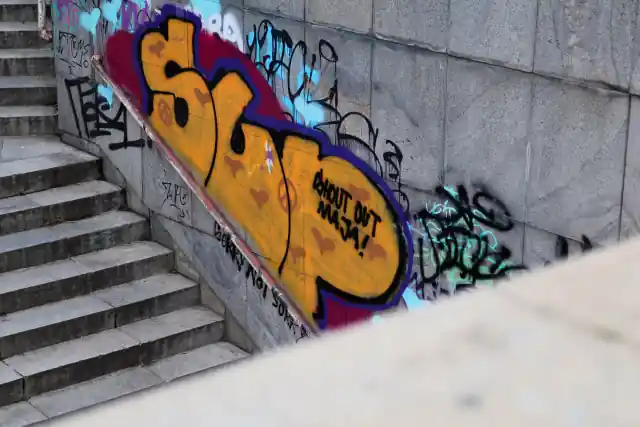
Sofia, Bulgaria – According to the latest mid-2024 update from Numbeo, an online platform that compiles user-reported data on crime perceptions, Sofia ranks as the ninth most criminal city in Eastern Europe.
Ukrainian cities dominate the top of the list, with Dnipro and Odesa leading, followed by Kharkiv, Kyiv, and Lviv.
Despite ongoing economic and social advancements, Sofia continues to grapple with significant crime issues. Numbeo’s data, which is based on user perceptions rather than official crime statistics, provides a unique insight into how residents and visitors view safety and crime in the city.
In the broader European context, Sofia holds the 60th position in terms of crime. This is a noteworthy position, considering that the city with the highest crime rate in Europe is Bradford, UK.
Globally, Sofia is ranked 188th, suggesting that while the city faces crime-related challenges, its crime rate is relatively low compared to many other cities worldwide. This global ranking offers a more favorable perspective on Sofia’s crime situation.
Numbeo’s methodology involves collecting survey data that reflects people’s perceptions of crime. This subjective approach means the rankings may not align perfectly with official crime statistics.
However, these indices provide valuable insights into public sentiments about safety and crime, offering a different lens through which to view the city’s security landscape.
Sofia’s ranking as the ninth most criminal city in Eastern Europe highlights ongoing concerns despite efforts to improve public safety.
The Bulgarian capital has made strides in economic growth and infrastructure development, yet the perception of crime remains a significant issue for its residents.
Public perception of crime can be influenced by various factors, including media coverage, personal experiences, and anecdotal reports.
In Sofia, common concerns include petty theft, vandalism, and drug-related crimes. While violent crime rates are lower compared to some other cities in the region, the overall sense of safety among the populace is impacted by these persistent issues.
Local authorities have acknowledged the challenges and are working on several initiatives to address crime and improve public safety.
Increased police presence in high-crime areas, community outreach programs, and investment in surveillance technology are some of the measures being implemented.
The government has also been working to strengthen the judicial system to ensure that crime is effectively prosecuted and that justice is served.
Despite these efforts, the perception of crime in Sofia remains a hurdle. Experts suggest that improving the public’s sense of safety will require not only continued investment in law enforcement and infrastructure but also efforts to enhance community engagement and public trust in the authorities.
Sofia’s position in Numbeo’s rankings serves as a reminder of the challenges that remain in ensuring the city is perceived as safe by its residents and visitors.
As the city continues to develop and modernize, addressing these perceptions will be crucial in fostering a more secure and thriving urban environment.
In conclusion, while Sofia’s ranking in terms of crime in Eastern Europe is a concern, its relatively low global crime ranking offers a more optimistic view.
Addressing public perceptions through effective crime prevention strategies and community engagement will be key to enhancing the city’s reputation and quality of life for its residents.